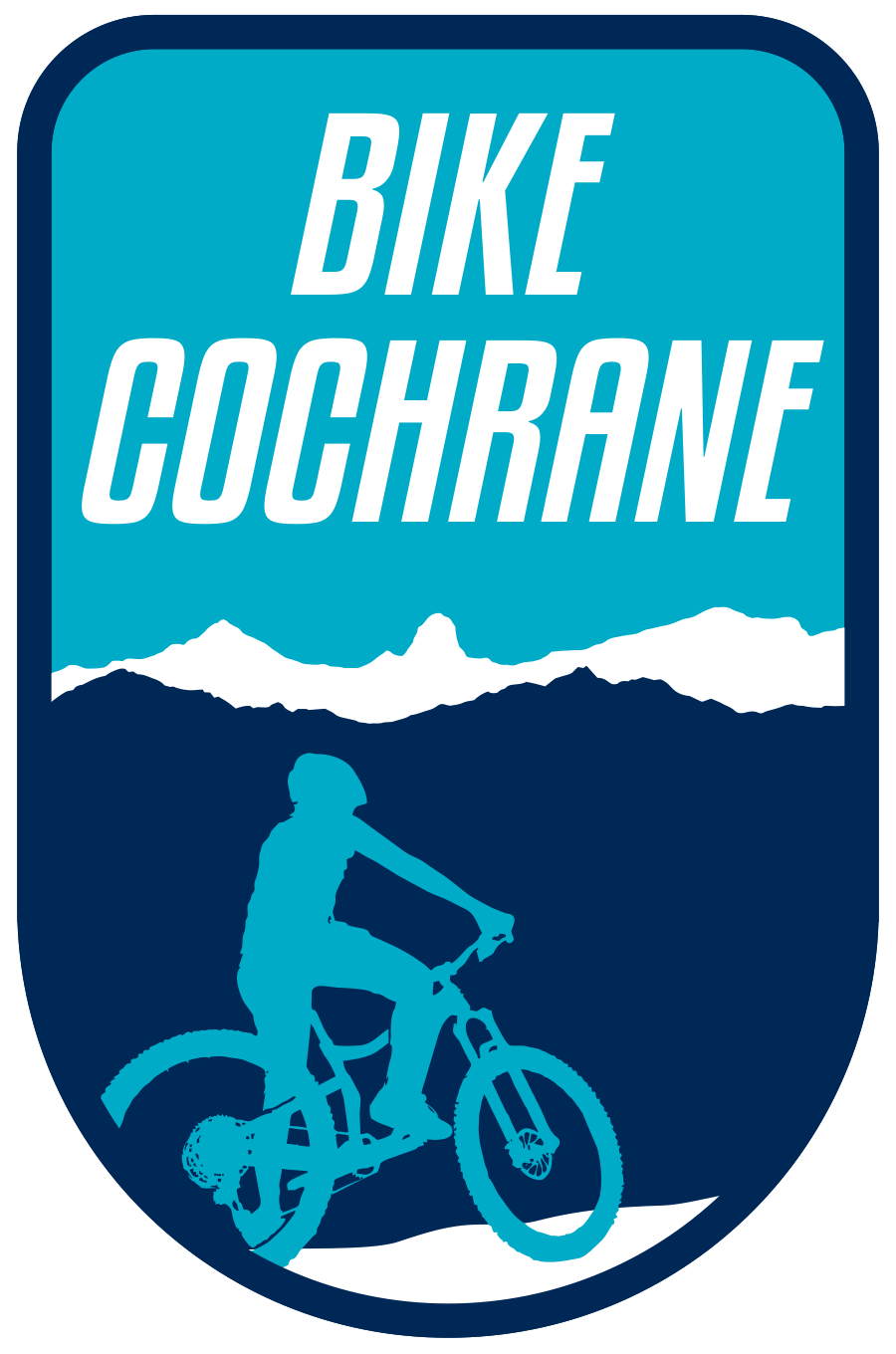Hello and welcome back to Paul’s active transportation blog. We’ve had a lot of questions from members and the public about ‘Hey, how’s the Calgary to Cochrane bike pathway coming along?’. The short answer is that it’s a pretty large project with many stakeholders, but I thought I’d outline the project and offer some further reading notes. In addition, there are highways to work around, the Canadian Pacific Railway mainline, and the Bow River, all contributing to make this pathway connection more challenging!
First, let’s start with a map (since we love maps in the Active Transportation Committee!):
Map showing present paved pathway connections between Cochrane and Calgary, along with planned, and not planned links (Bike Cochrane)
As can be seen in the map, the amazing folks at the Glenbow Ranch Park Foundation (and the many, many private donors) along with the Glenbow Ranch Provincial Park have successfully paved the pathway through their entire park. The two biggest ‘gaps’ in these connections are a significant bridge over the Bow River and a CP crossing (the Gleneagles connection is not feasible for an all-ages, all-abilities connection), along with the negotiation of land access with a private landowner abutting the Haskayne Park. In addition, completion of the pathway requires the Southbow Landing development in Cochrane and the Rockland Park development in Calgary to be completed enough to have pathways developed which could be years away.
Now, there are organizations who want to see this project completed including Bike Cochrane, Bike Calgary, the City of Calgary, AB Parks, Glenbow Ranch Foundation, and Rotary International (who sponsored the Rotary Mattamy Pathway in Calgary, one of the largest urban pathways in the world at 145 km). At this time, I can’t direct you to a funding body, or an over-arching group trying to get all of the stakeholders together. All I can say is that Bike Cochrane is also very keen on seeing this project happen, and will keep you informed as these pieces come together. Please email me at paul@bikecochrane.com if you’re interested in working on projects like this to support and advocate for more active transportation in Cochrane and thanks for reading!








